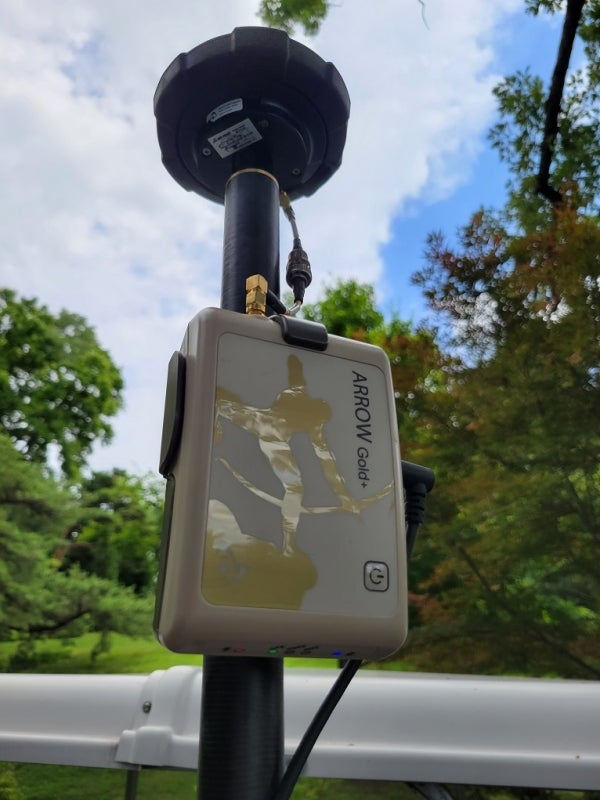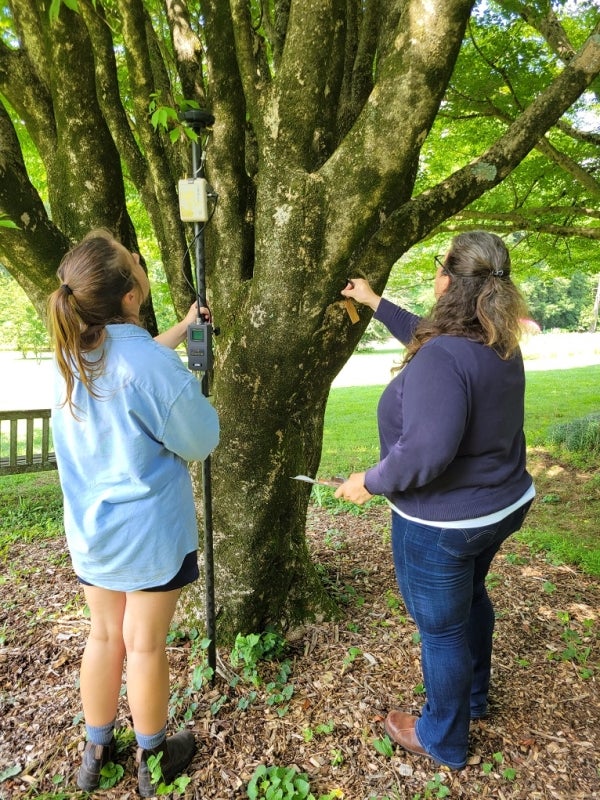Blog


One day, in the not-too-distant future, you’ll be able to use your cell phone to get information about each woody plant at the Morris Arboretum & Gardens.
We are using GPS technology to map each of the more than 11,000 accessioned plants of the living collection within the Morris’s 166 acres. The project is a bit laborious, as staff members use a Global Navigation Satellite System (GNSS) receiver/antenna and UHF radio-assisted corrections to do the mapping. The range pole is placed next to the base of a tree, and satellite technology pinpoints the location to within a centimeter. So far, staff have geolocated more than 5,450 plants.
The project, known as the Morris Arboretum Plant Collection and Management Project, is funded by a three-year grant from the Institute of Museum and Library Services (IMLS). An outcome of this project will be an application that visitors can use to identify the plants in the collection and learn more about them.


“This new application will be very user-friendly,” said Plant Collections Manager Pam Morris Olshefski, who is leading the project. “The plant locations will be displayed on a high-resolution aerial photograph of the Morris landscape, enabling the visitor to see exactly where they are on the grounds.”
The system will also provide the staff with a precise way to locate specific plants in the living collection, facilitating research, plant health management, and curatorial activities.
“You’ll be able to walk through the garden and know exactly what you’re looking at,” Morris Olshefski said. “It will give you information about the plant, a photo, whether it’s wild-collected or what its native range is. It will be a very interactive and people who want to learn more about our plants will be able to do so.”